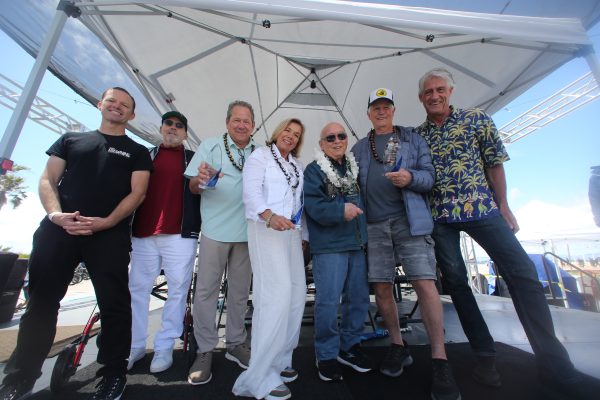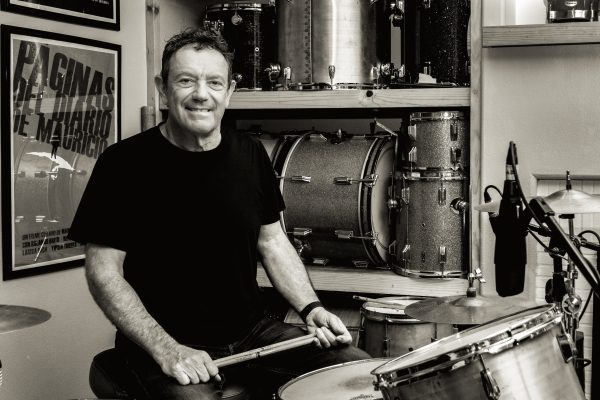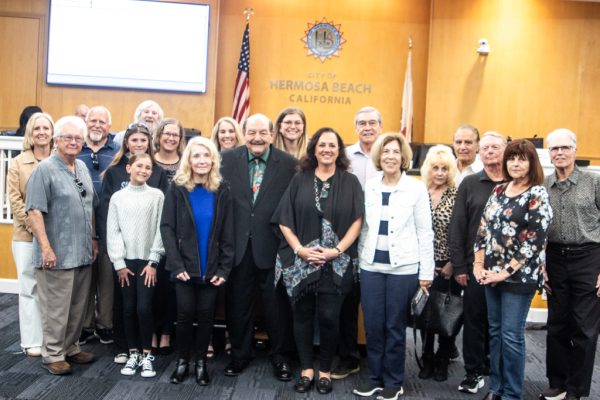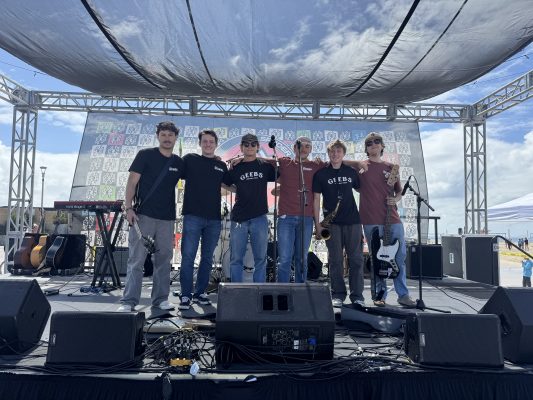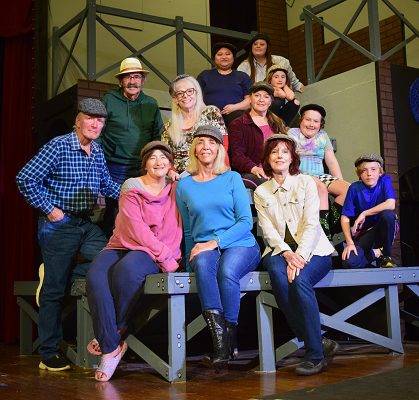
Thanks to over 700 city workers and volunteers, the estimated 2.5 million dead sardines, weighing over 140 tons, that carpeted basins in King Harbor last week have been trucked to American Organic in Victorville for composting into fertilizer.
On Wednesday, all that remained of the massive fish die-off, which attracted national media, was the smell of rotting fish. That too, should be gone within a few days, after the fish that sank decompose, according to Brent Scheiwe, program director of the SEA Lab in King Harbor.
The clean-up effort was suspended Friday because surges from the Japanese tsunami caused docks in the harbor to rise and fall over the two days, making them too unstable for workers to stand on while scooping up fish.
“Next, we’re expecting locust,” joked Redondo Beach Mayor Mike Gin.
Why the sardines entered the harbor remains a mystery, Scheiwe said.
“There could be any number of reasons. Maybe they were chased in by predators, or possibly, they were looking for refuge from a surge or waves. They don’t like to be tossed around,” he said.
Redondo Marina operations manager, and Voyager captain Craig Stanton speculated that the sardines were chased into the harbor by dolphins.
“We’ve been seeing bottlenose dolphins inside the harbor,” he said.
Once inside the harbor, the heavy concentration of sardines are thought to have depleted the oxygen level in the water, causing the fish to die of asphyxiation, Scheiwe said.
He dismissed speculation that ingestion of domoic acid from algae consumption caused the fish to die.
“In our tanks, we have fish that we picked up early on in the die-off and they’re doing fine,” Scheiwe said.
Scheiwe said he will be working with the city and harbor businesses for ways to prevent a recurrence. A number of methods, including fountains and air pumps could be installed to aerate the harbor when oxygen levels fall to a dangerous level, he said.
A similarly large fish die-off occurred in the harbor to 2005. It was attributed to an algae bloom within the harbor that depleted the water’s oxygen level.
Since that time, USC’s biology department has monitored oxygen levels and other water quality conditions in the harbor.
USC biology professor David Caron, in an email to clean-up participants, wrote, “We have ruled out the possibility of a massive buildup of algae biomass as a factor contributing to th mortality event.”
Caron also wrote, “It is possible than an influx of coastal water with a low concentration of oxygen may have occurred, contributing to the low oxygen conditions.”

On the subject of domoic acid, Caron wrote, “It is possible that high levels of domoic acid in the sardines in King Harbor may have exacerbated physiological stress of the fish brought on by oxygen depletion of the water, or may have been a contributing explanation for them congregating in the harbor at very high abundances, but this has not been confirmed.”
Redondo councilman Bill Brand, whose district includes the harbor, praised the clean-up crews in an email to constituents on Monday, “I’m proud and happy to say King Harbor is back open now, in less than a week. This was only possible through the team effort of the 700 volunteers…the professionalism of the Redondo Beach city staff, Redondo Beach Citizens Emergency Response Team (CERT) and local business that donated food, water, buckets and parking for the volunteers.”
Brand singled out for praise city manager Bill Workman, “who skillfully juggled the pressure of critical decision making that was exacerbated by a Tsunami of all things, whose tidal changes were felt for two days.”
Brand quoted California Department of Fish and Game spokesman Andrew Hughan as having said, “It’s the best disaster management that I’ve ever seen.” ER

